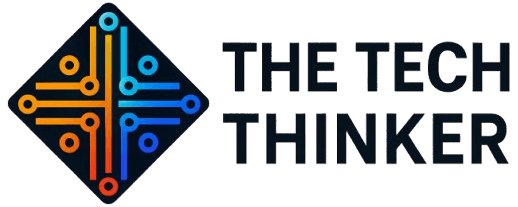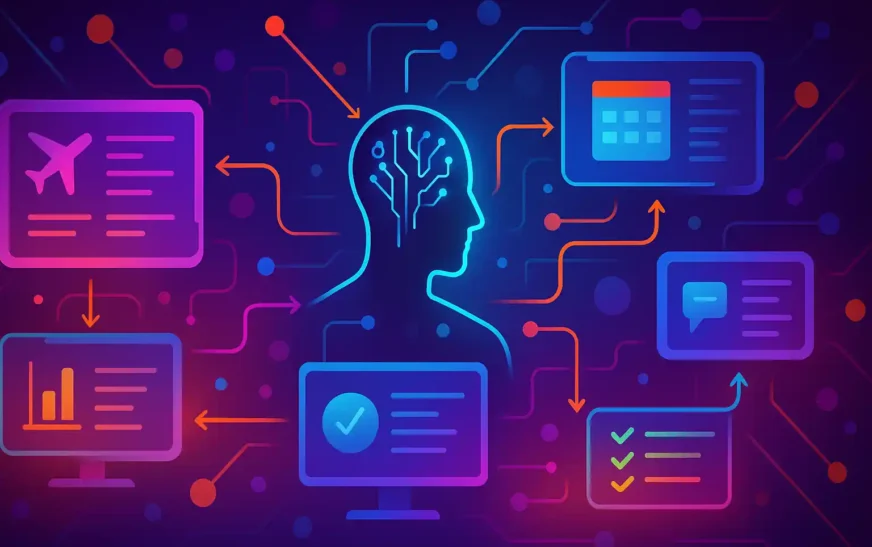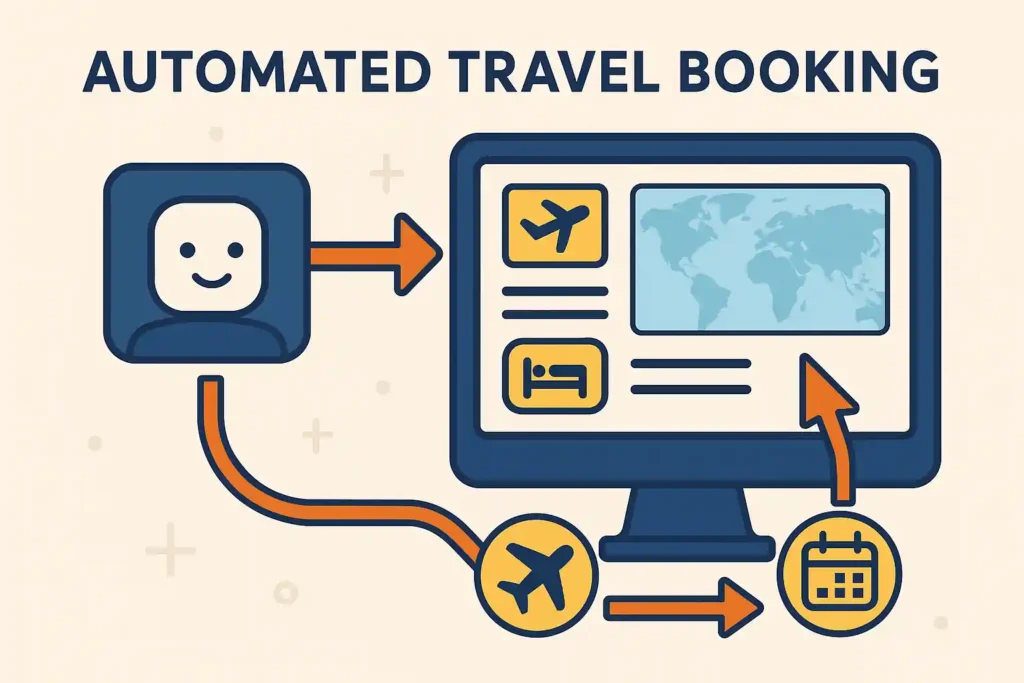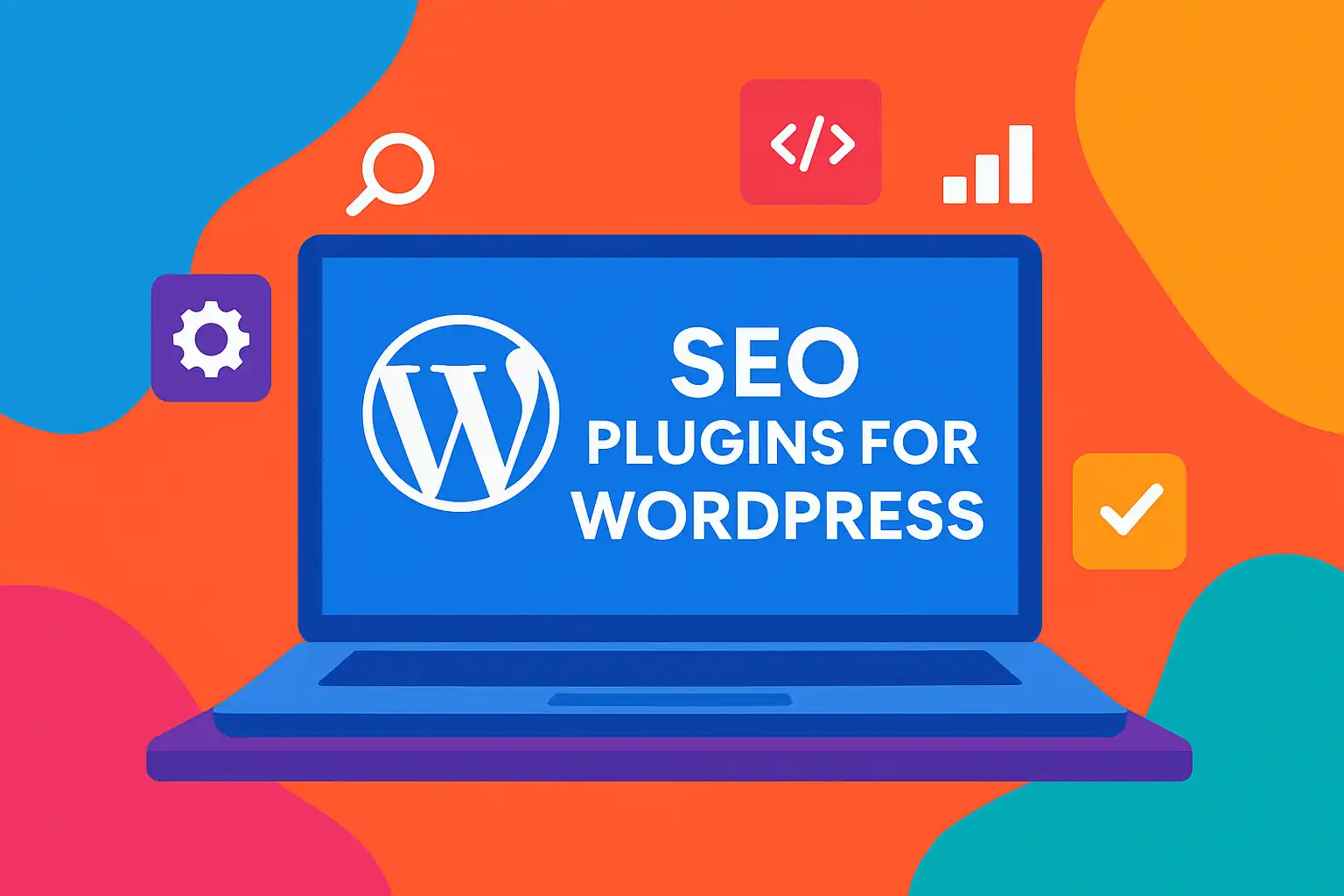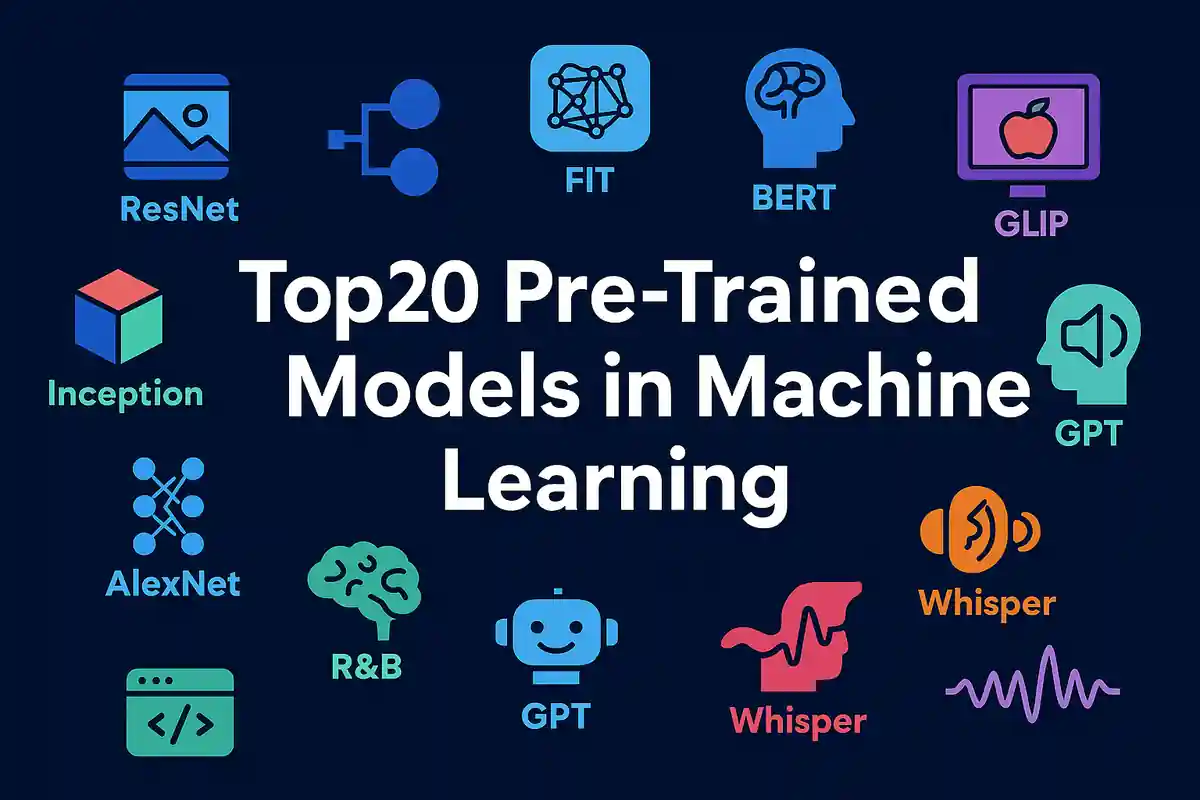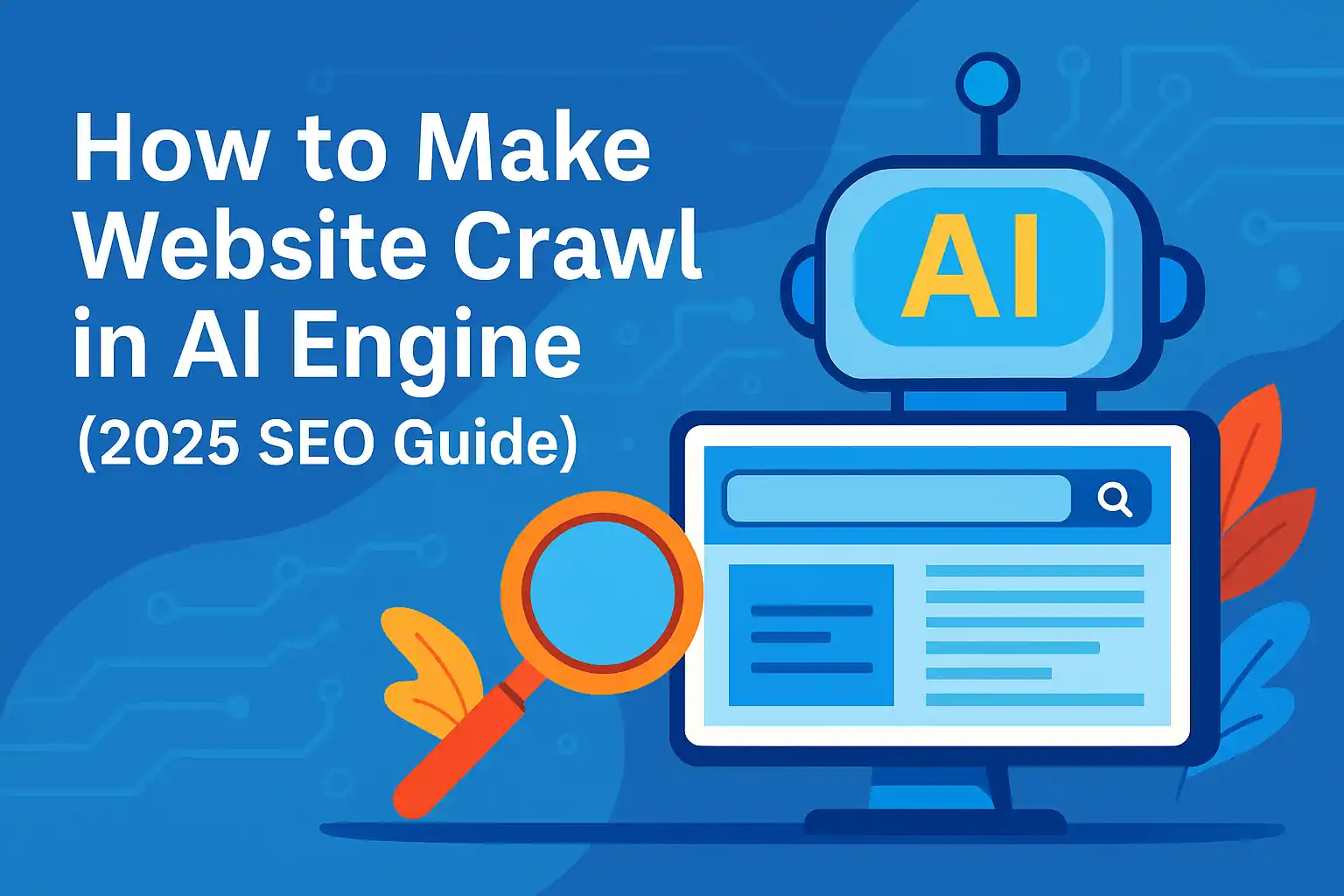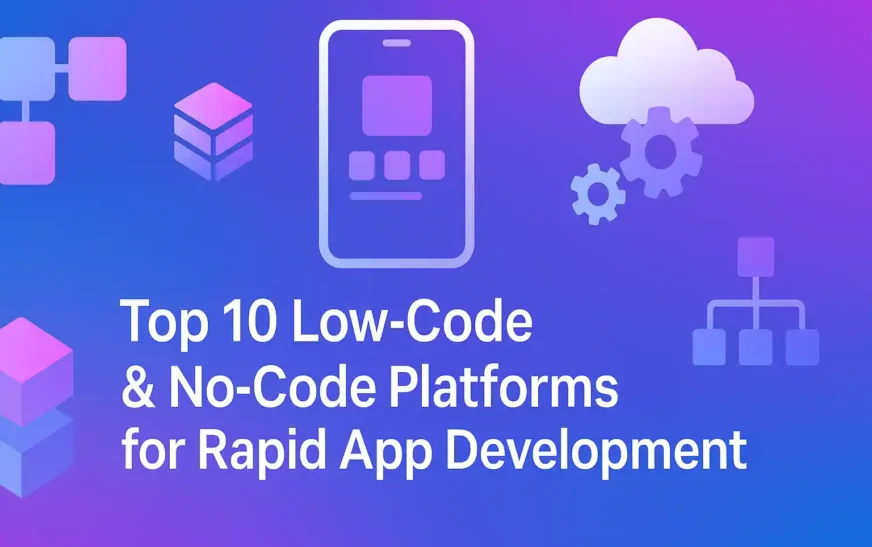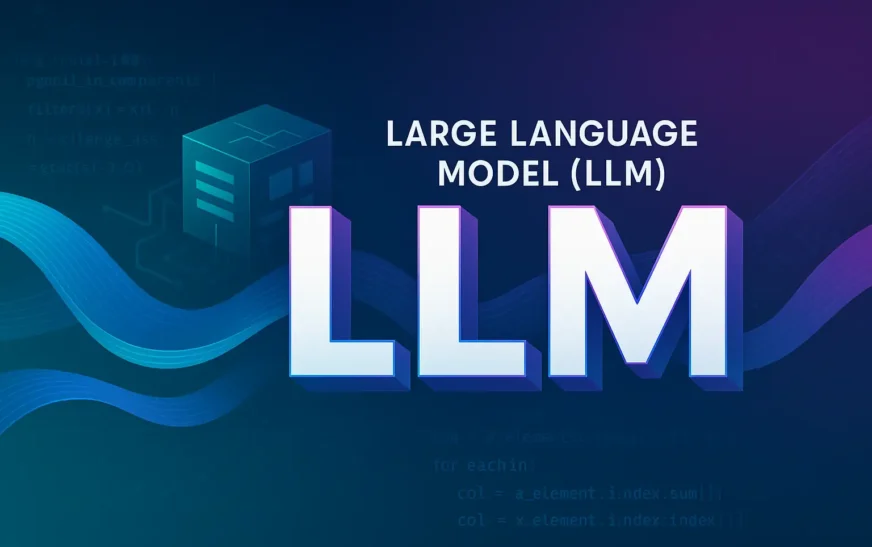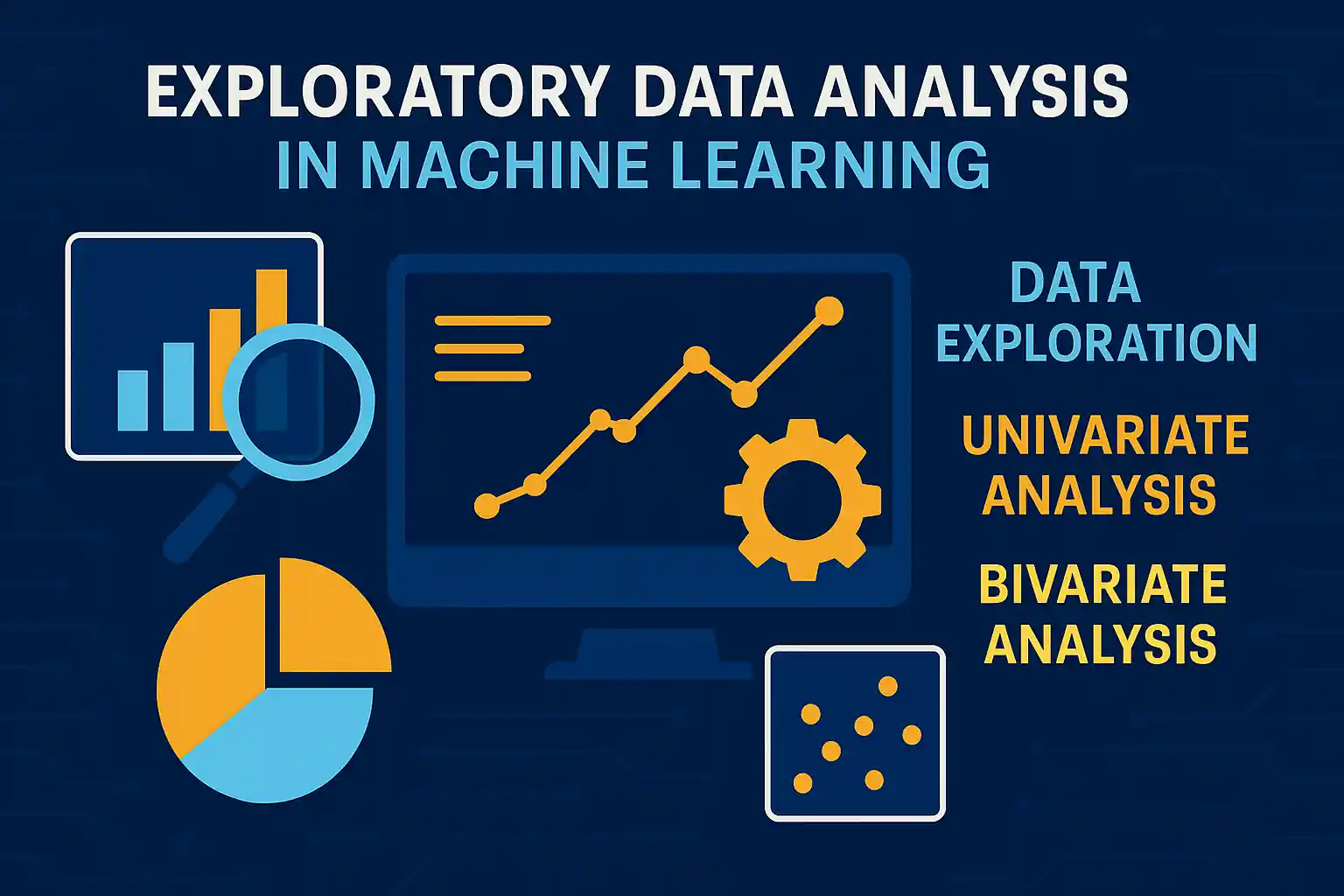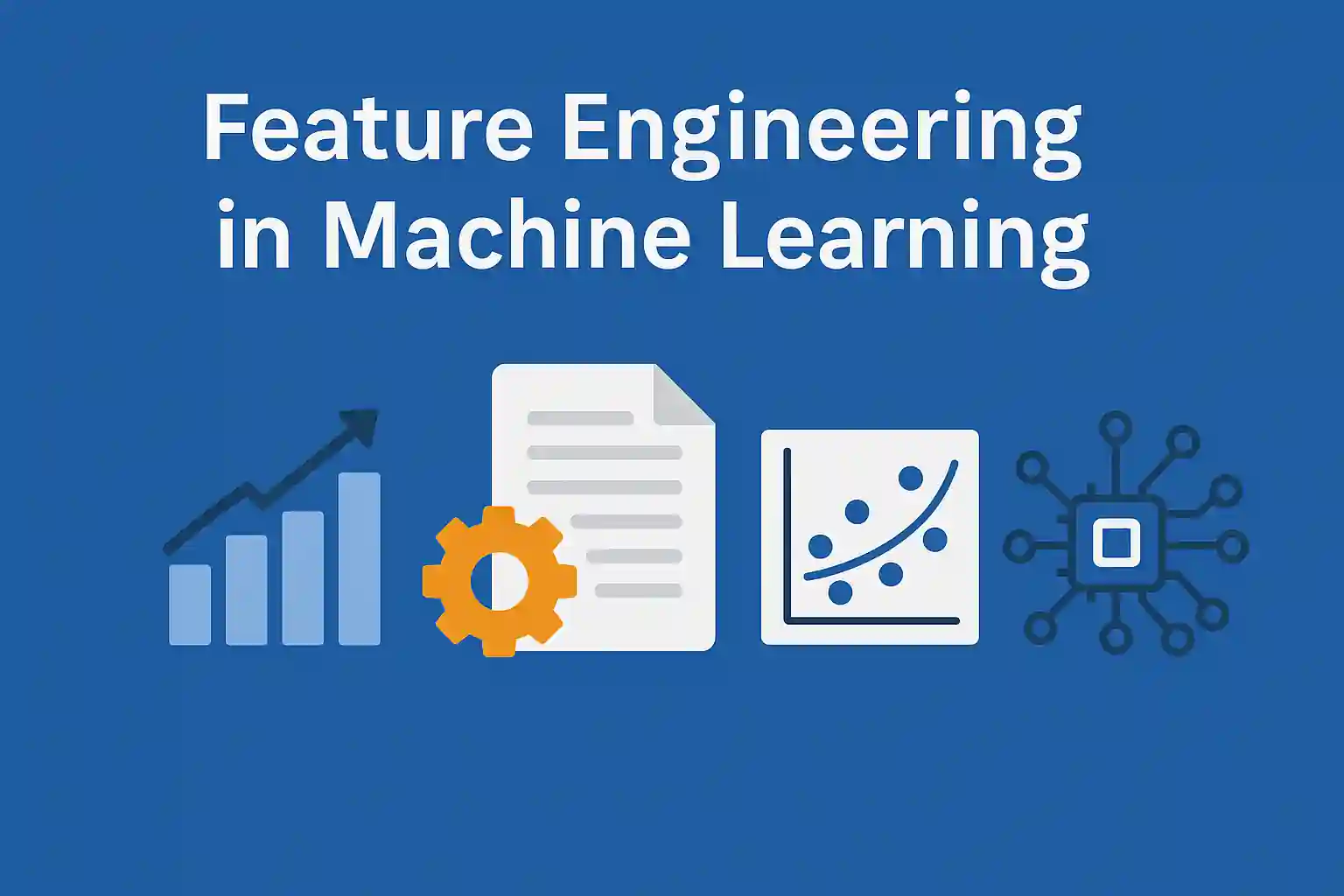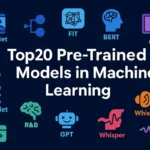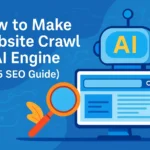Agentic AI Platforms are ushering in a new era of autonomous automation. By interpreting high‑level goals, decomposing tasks, invoking external tools, and self‑correcting in real time, these systems liberate teams from repetitive, error‑prone workflows. In this in‑depth guide, you’ll learn:
What Agentic AI Platforms are and why they matter
How they break down objectives, orchestrate APIs, and monitor outcomes
Seven robust strategies you can implement today
Benefits, challenges, and best practices for enterprise adoption
Links to both internal resources and authoritative external documentation
Introduction
Agentic AI Platforms redefine automation by acting proactively, not reactively. Rather than simply responding to prompts, they:
Translate natural‑language goals into structured action plans
Invoke APIs and external services without human intervention
Monitor progress, detect failures, and self‑correct in real time
In practice, these platforms can, for example, book travel, manage CI/CD pipelines, handle customer support tickets, and rebalance financial portfolios—freeing teams to focus on higher‑value work.
Why Read On?
Gain a clear understanding of core components and workflows
Explore seven actionable strategies, complete with bullet points and deep‑dive discussion
Learn best practices to ensure security, cost control, and reliability
What Are Agentic AI Platforms?
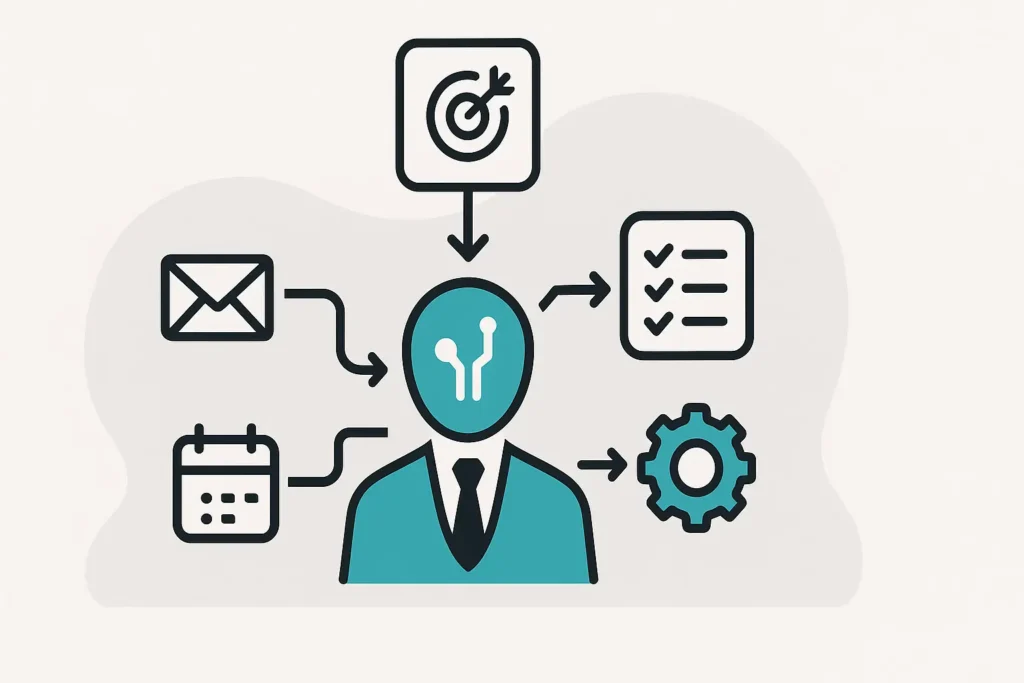
At their core, Agentic AI Platforms are frameworks built around large language models (LLMs) that possess “agency”—the ability to:
Plan multi‑step workflows from a single instruction
Execute tasks by calling tools, APIs, or scripts
Adapt dynamically when results deviate from expectations
Key Characteristics:
Autonomous Planning: Automatically generate sub‑tasks from high‑level objectives.
Tool Integration: Connect seamlessly to third‑party services (flight APIs, databases, messaging platforms).
Self‑Monitoring: Evaluate outcomes at each step and replan when necessary.
Unlike traditional chatbots, these systems don’t just tell you what to do—they do it.
How Agentic AI Platforms Operate
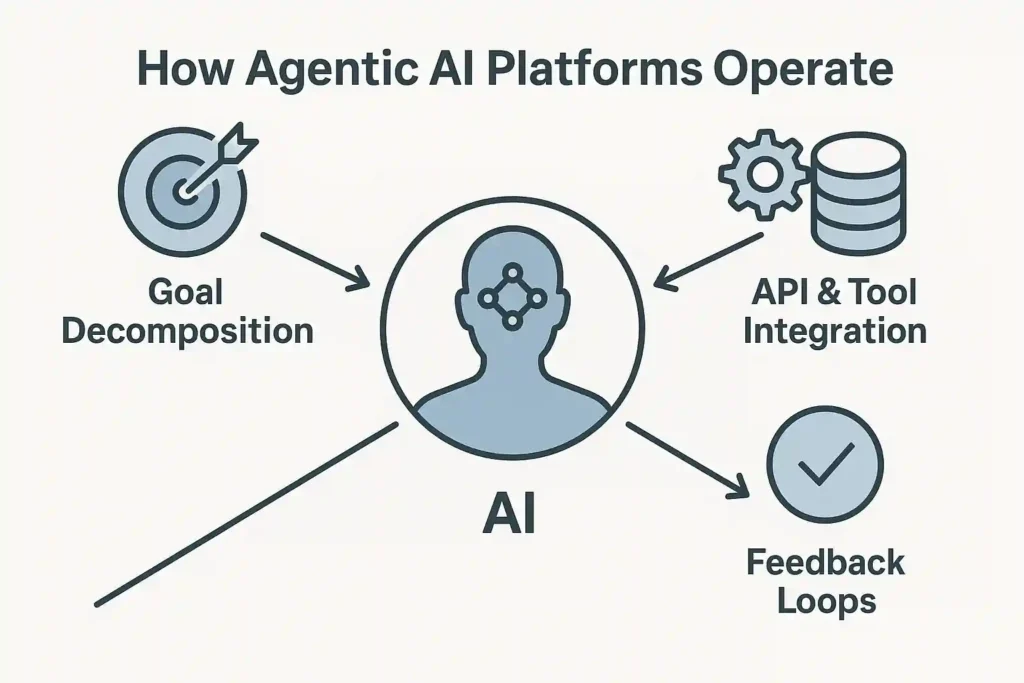
Goal Decomposition
Intent Parsing: The agent ingests user instructions (e.g., “Organize my week‑long Tokyo trip under $2,000”).
Task Graph Creation: It identifies discrete tasks—flights, hotels, transfers, itinerary drafting.
Priority Assignment: Tasks are scored based on cost, complexity, and dependencies.
Discussion:
By breaking a complex goal into manageable steps, Agentic AI Platforms ensure reliable execution. This decomposition mirrors human project planning but at machine speed, enabling scale and consistency.
Tool & API Orchestration
Connector Library: Pre‑built adapters for popular services (e.g., Amadeus for flights, Stripe for payments).
Credential Management: Securely store API keys in vaults (AWS Secrets Manager, Azure Key Vault).
Execution Engine: Authenticated calls drive each sub‑task, logging inputs and outputs.
Discussion:
Seamless tool orchestration is vital. Well‑designed connectors and robust credential management minimize security risks while maximizing reliability. As you adopt Agentic AI Platforms, prioritize platforms with extensive integration ecosystems to cover your most critical workflows.
Feedback Loops & Self‑Correction
Result Validation: Compare API responses against expected criteria (price thresholds, date availability).
Error Handling: Detect failures (e.g., sold‑out flights) and flag conditions for replanning.
Iterative Refinement: Update the task graph dynamically to explore alternatives.
Discussion:
Real‑time feedback loops transform Agentic AI Platforms from static executors into adaptive collaborators. Continuous monitoring and replanning reduce manual intervention, ensuring goals are met even as external conditions change.
7 Powerful Agentic AI Platforms Strategies
1. Automated Travel Booking
Workflow Overview:
Research flights, hotels, and transport within budget
Consolidate itineraries into calendar invites
Handle cancellations and refund processing
Corporate travel teams can reclaim countless hours by deploying an agentic travel‑booking assistant. Once given a budget and dates, the agent taps into GDS APIs (e.g., Sabre, Amadeus) to compare airfare, hotel rates, and ground transfers in real time. It then generates a unified itinerary—complete with calendar events and confirmation emails—and pushes updates automatically.
When disruptions occur (say, a flight is canceled), the agent immediately searches for alternatives, rebooks on behalf of the traveler, and sends out revised tickets and schedules. This end‑to‑end automation can cut manual workload by up to 60%, ensuring travelers stay informed and operations run smoothly.
2. Self‑Healing DevOps Pipelines
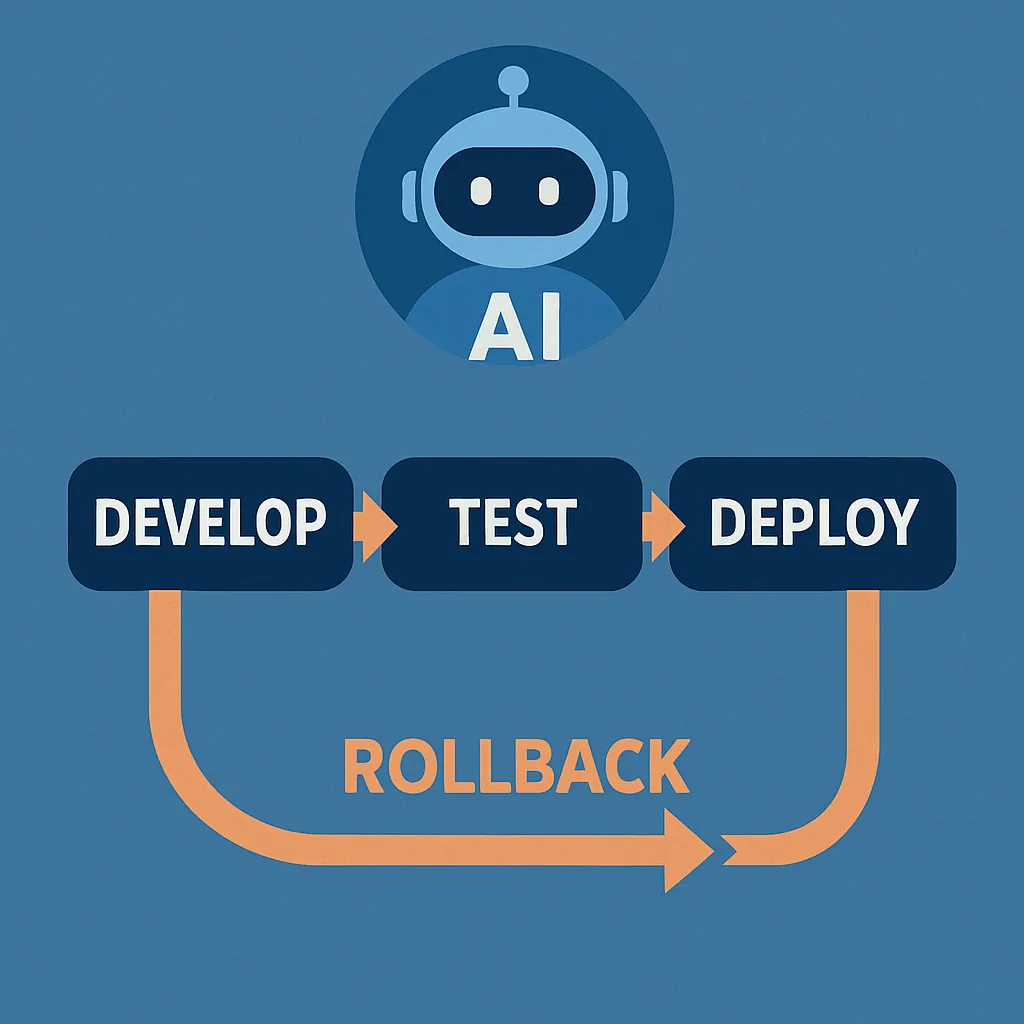
Workflow Overview:
Monitor CI/CD runs for failures
Automatically rollback or redeploy code
Generate detailed incident tickets
Embedding agentic workflows into DevOps pipelines (e.g., via Microsoft Copilot for DevOps) reduces mean time to resolution (MTTR). When a build breaks, the agent identifies failing tests, triggers rollbacks, and opens a ticket in Jira or ServiceNow—complete with logs and root‑cause analysis. This continuous healing fosters higher release velocity and stability .
3. Intelligent Customer Support
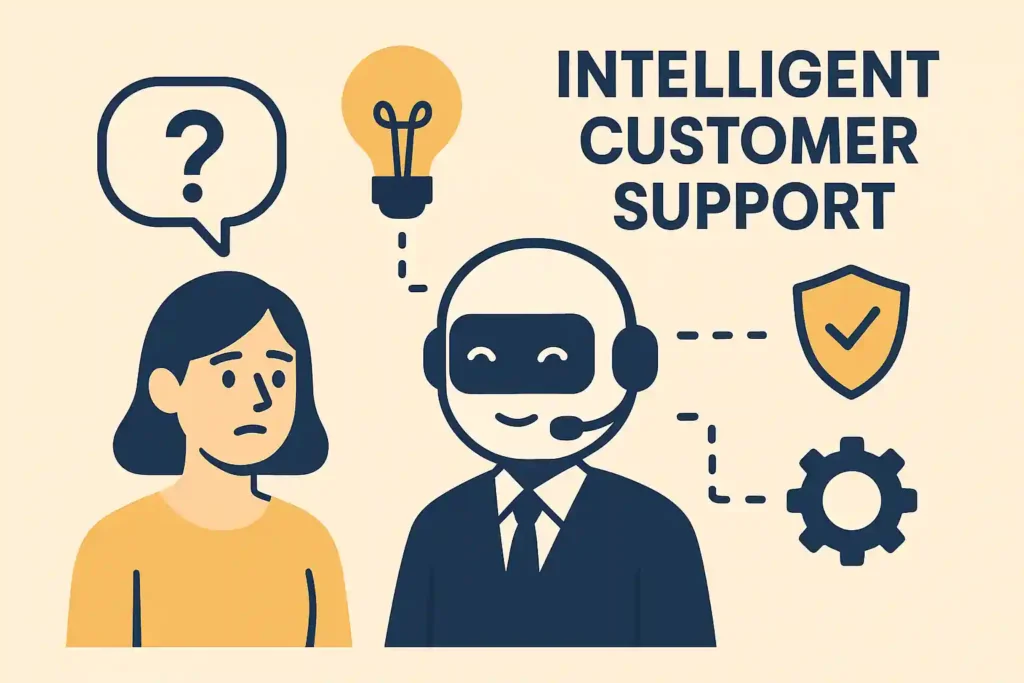
Workflow Overview:
Triage tickets using sentiment analysis
Execute fixes (password resets, cache clears)
Escalate complex issues to human agents
Agentic support systems can resolve up to 70% of Tier 1 tickets autonomously. By integrating with Zendesk or Salesforce Service Cloud, these agents parse customer messages, retrieve account data, and perform remedial actions—escalating only when necessary. The result is faster resolution times and lower support costs.
4. Dynamic Research & Data Extraction
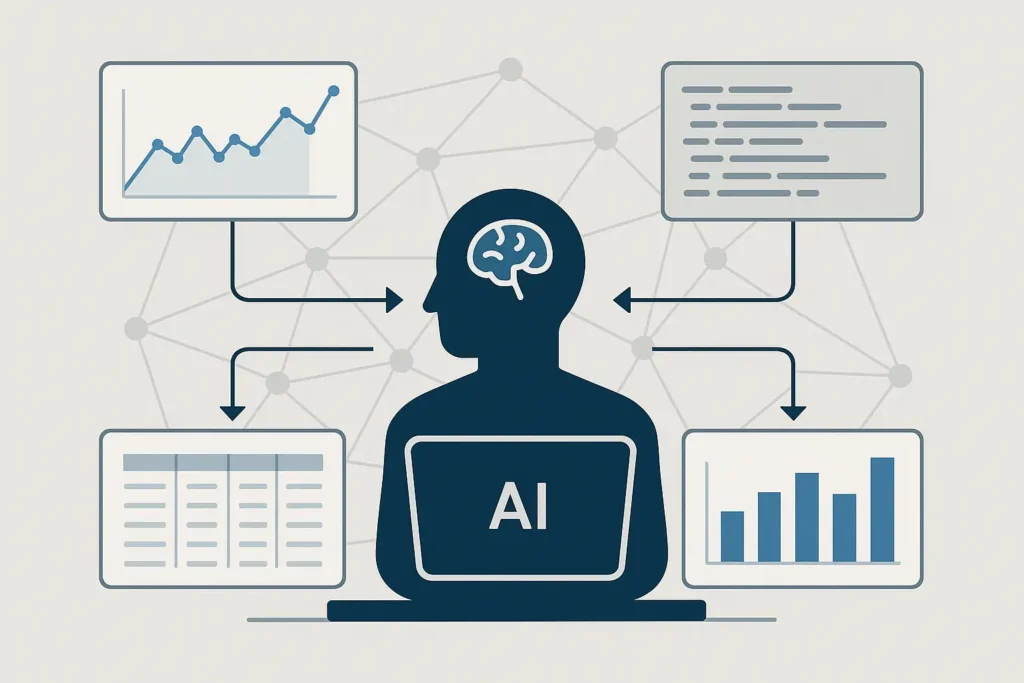
Workflow Overview:
Scrape target websites for competitive intelligence
Summarize findings into structured reports
Update dashboards in BI tools automatically
Marketing and strategy teams leverage agentic workflows to monitor competitors 24/7. Agents scrape product pages, aggregate pricing data, and populate Google Sheets or Tableau dashboards. Automated summaries highlight key shifts, enabling rapid response to market changes.
5. Proactive Financial Rebalancing
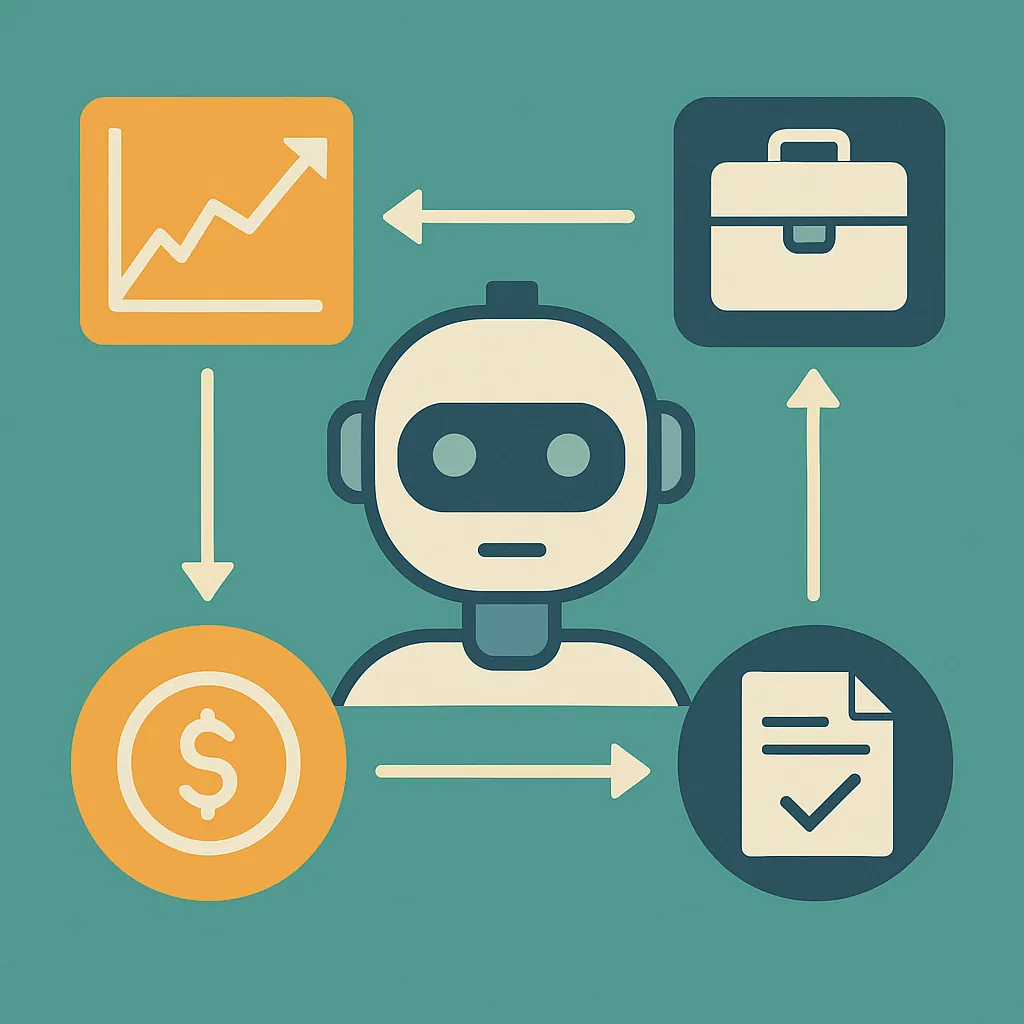
Workflow Overview:
Track portfolio allocations daily
Execute trades based on predefined rules
Produce audit‑ready compliance logs
In finance, Agentic AI Platforms empower firms to maintain risk‑adjusted portfolios without manual oversight. Agents monitor market movements, rebalance according to risk models, and log every action for regulatory compliance—enhancing both performance and transparency.
6. Multi‑Channel Marketing Orchestration
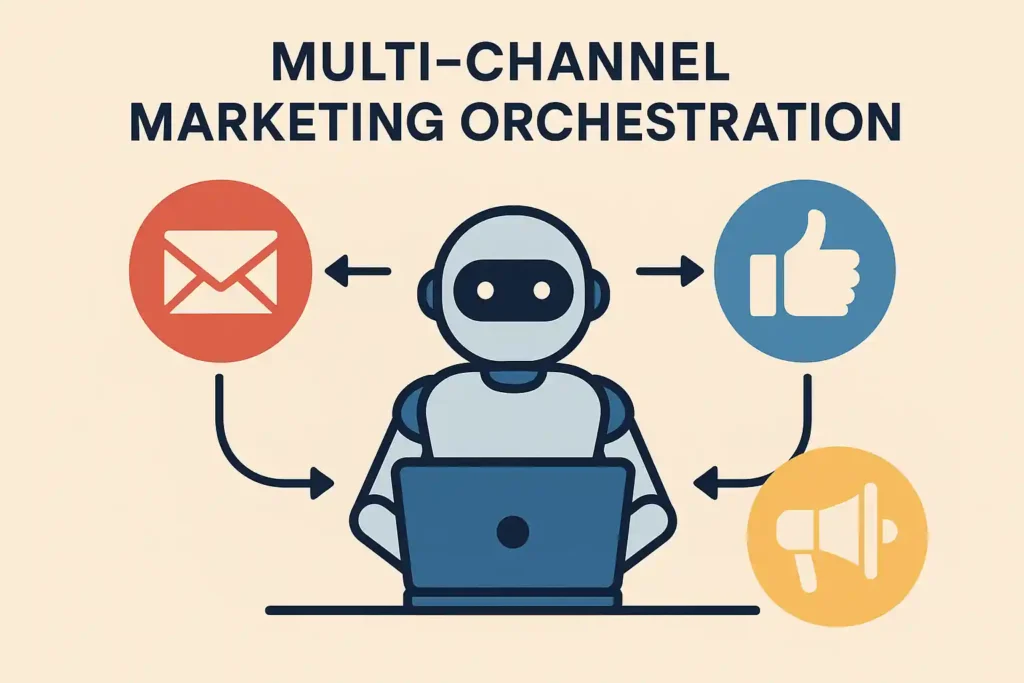
Workflow Overview:
Draft and schedule social posts via API
Test ad variations and optimize budgets
Generate performance summaries
Marketing agents automate end‑to‑end campaign management. By connecting to Facebook, LinkedIn, and Google Ads APIs, they publish content at peak engagement times, run A/B tests, and shift budgets toward higher‑performing ads. Weekly performance briefs keep stakeholders informed with minimal manual effort.
7. Automated Compliance Monitoring
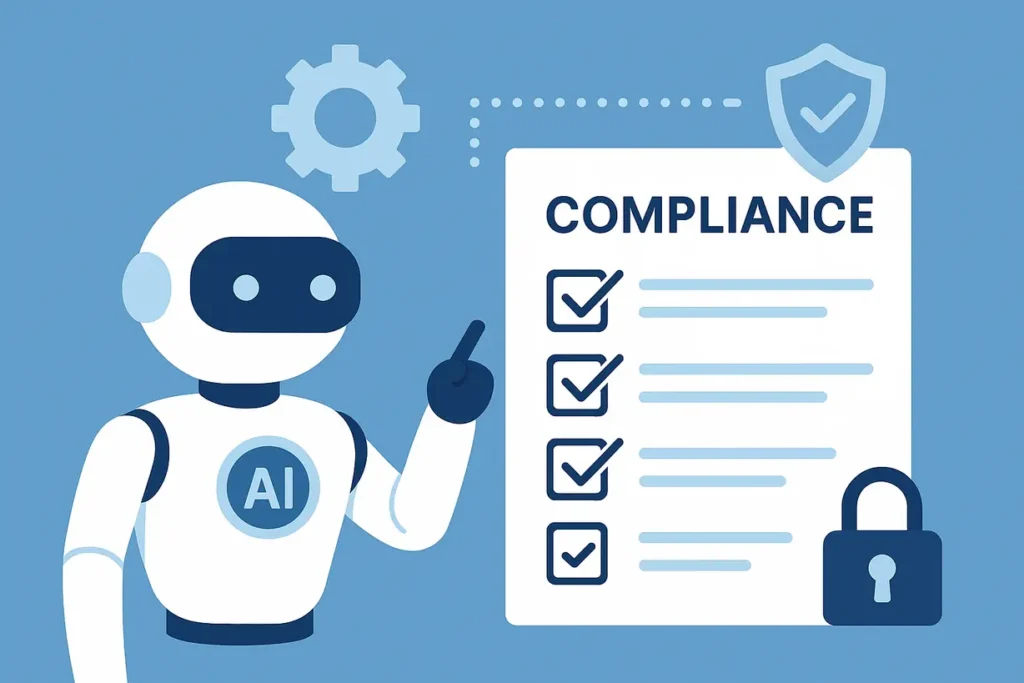
Workflow Overview:
Scan documents for policy keywords (GDPR, CCPA)
Flag non‑compliant items and open remediation tickets
Maintain an immutable audit trail
Regulated industries rely on agentic workflows to stay audit‑ready. Agents ingest new documents, analyze text for compliance gaps, and trigger workflows to update policies or retrain staff. Immutable logs satisfy auditors and reduce the risk of fines.
Key Benefits of Agentic AI Platforms
Efficiency Gains: Slash manual task time by up to 80%.
Scalability: Launch hundreds of agents for peak demands.
Consistency: Standardized, repeatable processes reduce errors.
Adaptability: Real‑time replanning keeps goals on track.
Innovation Speed: Prototype complex automations in days, not weeks.
These benefits translate into immediate ROI. Organizations adopting Agentic AI Platforms report faster time‑to‑value on automation projects and higher overall productivity.
Challenges & Limitations in Agentic AI Platforms
Hallucinations: Require guardrails to prevent invalid actions.
Security Risks: Strict credential vaulting and role‑based access are non‑negotiable.
Monitoring Overhead: Observability pipelines must scale with agent volume.
Cost Control: Implement budget ceilings to avoid runaway API charges.
Ethical Concerns: Define clear usage policies to prevent misuse.
Addressing these challenges head‑on ensures sustainable, responsible deployment of Agentic AI Platforms. Rigorous testing and governance frameworks are essential.
Best Practices for Implementation on Agentic AI Platforms
Prompt Engineering: Use clear, stepwise instructions with examples.
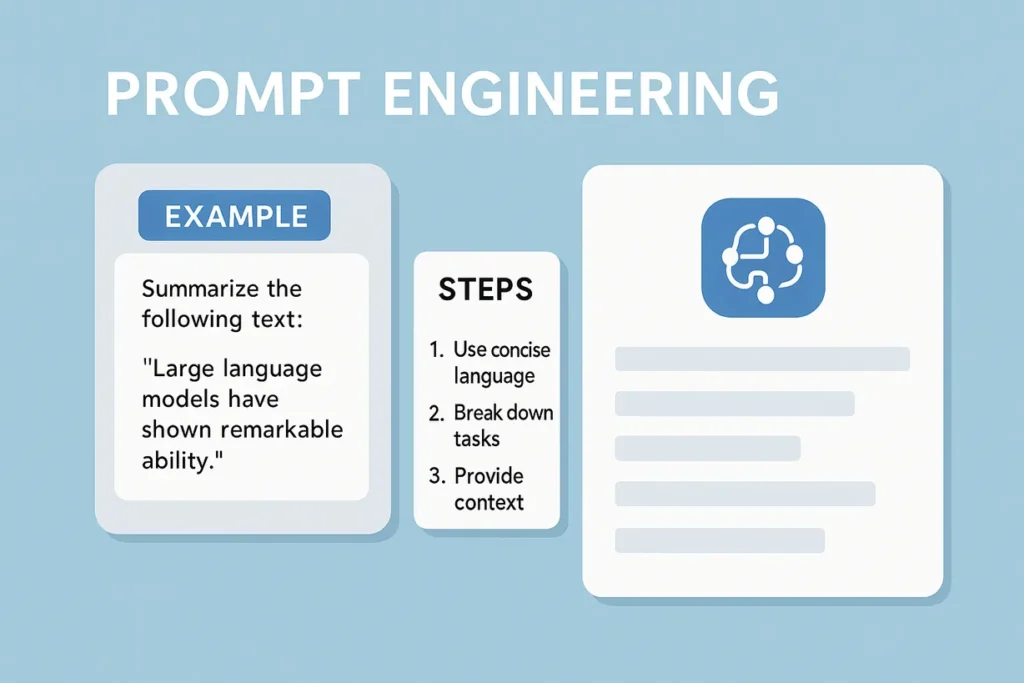
Credential Vaulting: Leverage managed secret stores like AWS Secrets Manager.

Sandbox Environments: Test agents extensively before production rollout.
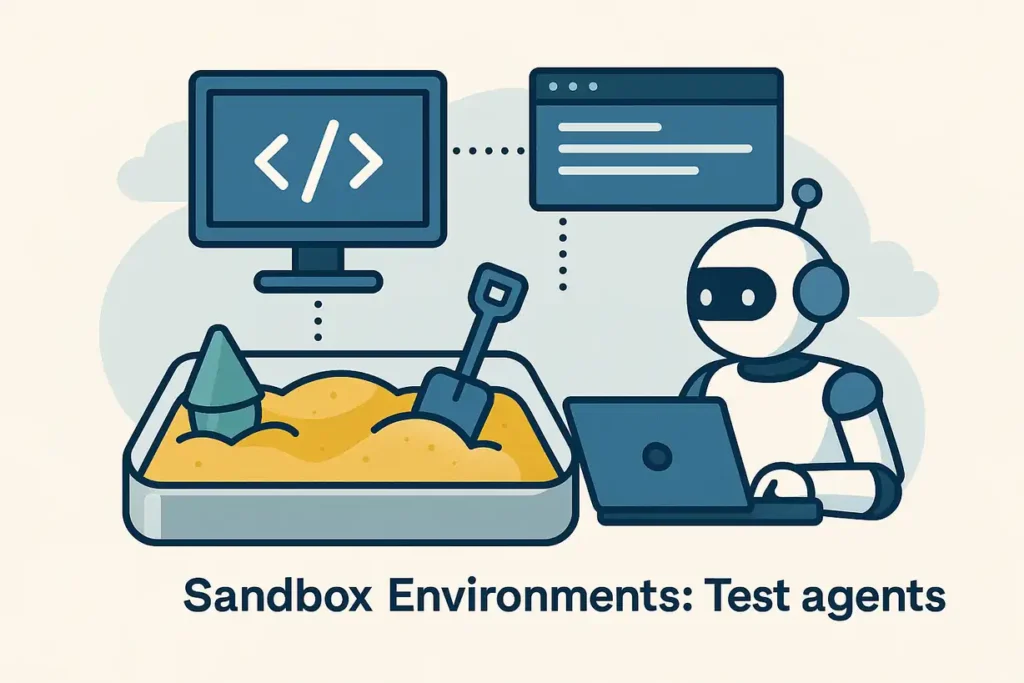
Observability Integration: Feed logs into Datadog or ELK for real‑time monitoring.
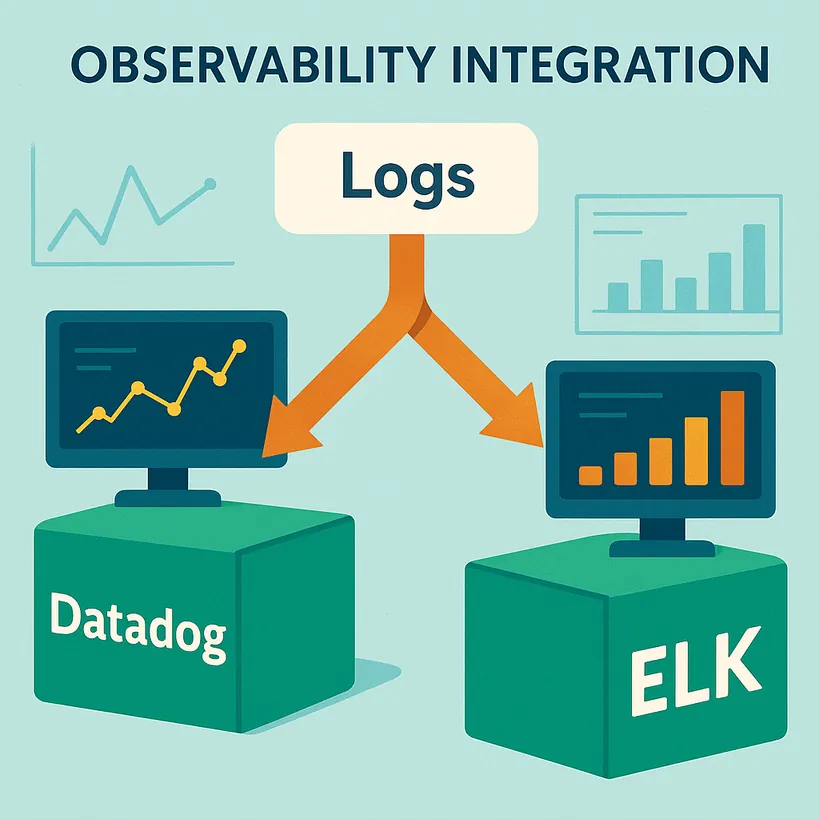
Incremental Rollout: Start with low‑risk automation and expand scope gradually.
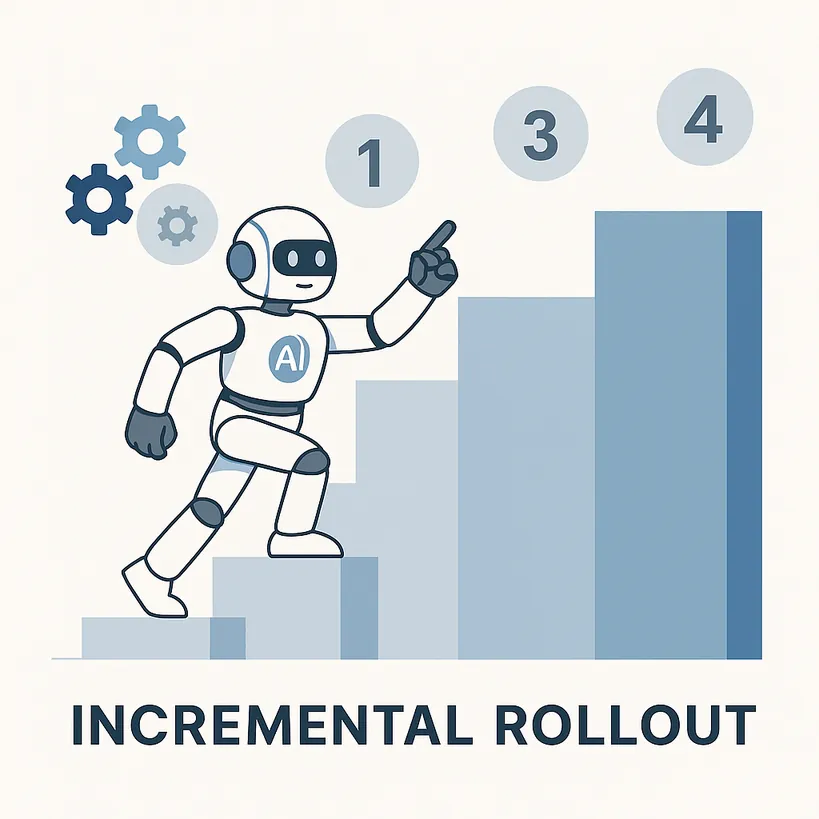
A phased approach minimizes disruption and builds stakeholder trust. By demonstrating early wins on non‑critical tasks, teams gain confidence to tackle more complex workflows.
Future Outlook on Agentic AI Platforms
On‑Device Agents: Edge‑capable models running offline for enhanced privacy.
Federated Agent Networks: Collaborative agents sharing knowledge across organizations.
Standardized Agent APIs: Interoperability frameworks for plug‑and‑play workflows.
As hardware accelerates and standards evolve, Agentic AI Platforms will permeate every facet of business, from manufacturing to healthcare—ushering in an era of truly autonomous operations.
Conclusion
Agentic AI Platforms deliver transformative automation by planning, executing, and adapting workflows end‑to‑end. By applying the seven strategies outlined above—automated travel booking, self‑healing DevOps, intelligent support, dynamic research, proactive finance, multi‑channel marketing, and compliance monitoring—you can unlock unprecedented efficiency and innovation.
Read Also
- Generative AI in Software Development
- Top 10 Low‑Code & No‑Code Platforms for Best App Develop
- AWS vs Azure vs Google Cloud: 7 Insights for SMBs best guide
- 10 Powerful Techniques for Feature Engineering in Machine Learning
